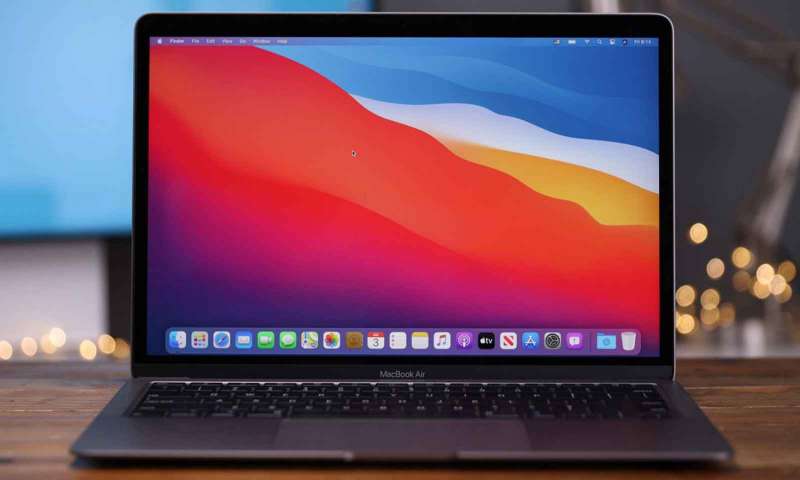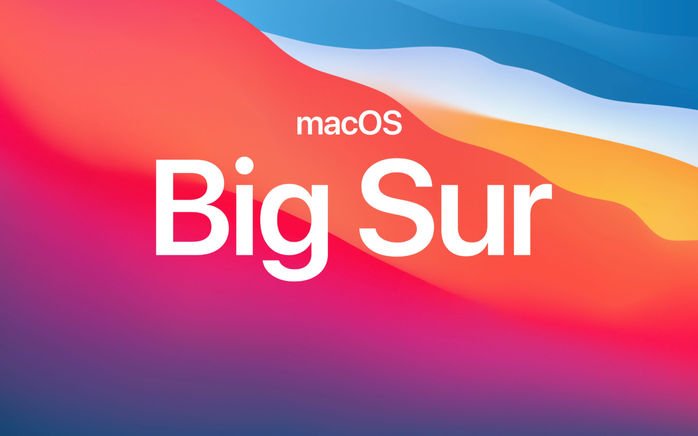How to install macOS Big Sur on non-compatible Macs? The latest macOS update is already here and Big Sur arrives with important features, unfortunately, several Mac models aren’t compatible. Can you install Big Sur MacOS on an unsupported Mac? Yes, you can.
You should know that this is something you must do at your own risk, your Mac may not work properly and various problems may occur in this scenario.
- MacBook Pro 13 (2020): specs, price and release date
- Apple Mac mini is presented: specs, price, release date
- Macbook Air 2020 is presented: specs, price, release date
Which Macs are compatible with Big Sur?
This is the official list of Macs compatible with Big Sur:
- MacBook 2015 and onwards
- MacBook Air 2013 and onwards
- MacBook Pro from 2013 onwards
- Mac mini from 2014 onwards
- iMac 2014 and onwards
- iMac Pro from 2017 onwards
- Mac Pro from 2013 onwards
How to install macOS Big Sur on non-compatible Macs?
We must follow some steps:
- Click on the magnifying glass and find the app Disk Utility.
- Click on Create Partition.
- Choose the size of this partition, recommended: 50GB.
- Be sure to choose the APFS format.
- Click Apply and then OK.
Now you must download the installer, it can be downloaded from the Mac App Store. Then, you must download the patch that will allow us to install macOS Big Sur on our Mac. This patch has two files: Hax.dylib and InstallHax.m. Copy them to the Home or Library folder.

Now we must restart our Mac and apply a series of codes. Follow these steps:
- Restart your Mac and press Command + R to enter Recovery mode.
- Now go to Utilities > Terminal and enter this command: csrutil disable
- Press Enter and now enter this other command: nvram boot-args=”-no_compat_check”.
- Restart the Mac.
- Enter Terminal again.
- Copy this command and press Enter: sudo defaults write /Library/Preferences/com.apple.security.libraryvalidation.plist DisableLibraryValidation -bool true
- Now enter: launchctl setenv DYLD_INSERT_LIBRARIES $PWD/Hax.dylib
Press Enter.
Just find the file InstallAssistant.pkg that you downloaded. Open it and the macOS Big Sur installer will appear.
Select the disk partition to install the new system and start the installation process. And you are done.
This way you’ve learned how to install macOS Big Sur on non-compatible Macs, as we said earlier some problems may occur because in some devices macOS Big Sur is not compatible officially.





